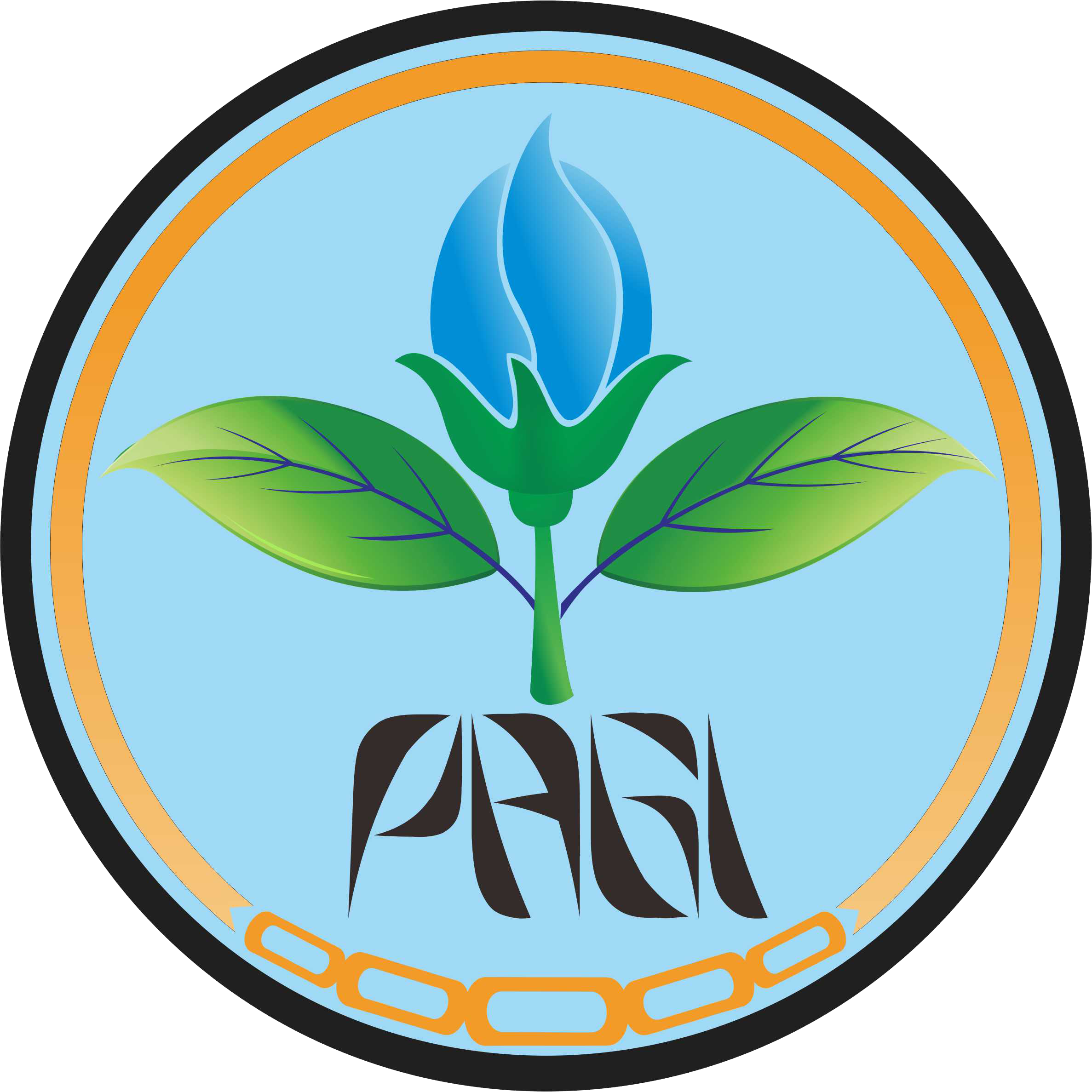Effectiveness of Indian Jujube (Ziziphus mauritiana Lamk) Leaf Extract Using Ethanol Solvent Against Fall Armyworm (Spodoptera frugiperda J.E. Smith) Under Laboratory Conditions
Abstract
Keywords
Full Text:
PDF(EN)References
Adnyana IGS, Sumiartha K, Sudiarta IP. 2012. Efficacy of essential oils extracted from tropical plants to hairy caterpillar. E-Jurnal Agroekoteknologi Trop. 1(1):1–11.
Anugraheni DD, Asngad A. 2018. Pemanfaatan tanaman kemangi (Ocimum basilicum) dan daun sirih sebagai insektisida nabati terhadap mortalitas lalat buah (Bactrocera sp.). In: Seminar Nasional Pendidikan Biologi dan Saintek III; Isu-Isu strategis sains, lingkungan, dan inovasi pembelajarannya; May 5th 2018, Surakarta. Surakarta (ID): Faculty of Teacher Training and Education, Muhammadiyah University of Surakarta. p. 74–79.
Asikin S, Alwi M, Khairullah I, Abdillah MH. 2022. The effectiveness of swamp plant extracts as biopesticides Plutella xylostellain laboratory scale. J Teknol Agro-Industri. 9(2):12–23. https://doi.org/10.34128/jtai.v9i2.157.
Azwana. 2021. Prefenece of Spodoptera fungiperda J.E. Smith on various crops. Agrotekma J Agroteknologi dan Ilmu Pertan. 5(2):112–121. https://doi.org/10.31289/agr.v5i2.5455.
Cania B E, Setyaningrum E. 2013. Larvacide effectiveness test of the legundi’s leaf (Vitex trifolia) extract for larvae of Aedes aegypti. Med J Lampung Univ. 2(4):52–60.
Dadang D, Prijono D. 2008. Insektisida nabati: prinsip, pemanfaatan dan pengembangan. Bogor (ID): Department of Plant Protection, Institut Pertanian Bogor.
Galani YJH, Ligowe IS, Kieffer M, Kamalongo D, Kambwiri AM, Kuwali P, Thierfelder C, Dougill AJ, Gong YY, Orfila C. 2022. Conservation agriculture affects grain and nutrient yields of maize (Zea mays L.) and can impact food and nutrition security in sub-saharan Africa. Front Nutr. 8(1):1–8. https://doi.org/10.3389/fnut.2021.804663.
Hastiana Y, Handaiyani S, Agustin I. 2022. Test of phytocemical levels of bidara (Ziziphus spina-christi L.) potential as medicinal plants. Mangifera Edu. 6(2):182–196. https://doi.org/10.31943/mangiferaedu.v6i2.128.
Idris S. 2023. Membangun Pertanian Menyejahterakan (Sebuah Impian). Sleman (ID): DeePublish Publisher.
[Indonesian Ministry of Agriculture] Kementerian Pertanian. 2023. Laporan kinerja direktorat jenderal tanaman pangan 2022. Jakarta (ID): Indonesian Ministry of Agriculture - Kementerian Pertanian.
Jemi R, Damanik RDE, Indrayanti L. 2019. Larvacide activity of tumih (Combretocarpus rotundatus (Miq.) Danser) leaf extracts against Aedes aegypti. J Ilmu Kehutan. 13(1):77–86. https://doi.org/10.22146/jik.46208.
Maharani Y, Dewi VK, Puspasari LT, Rizkie L, Hidayat Y, Dono D. 2019. Cases of fall army worm Spodoptera frugiperda J. E. Smith (Lepidoptera: Noctuidae) attack on maize in Bandung, Garut and Sumedang District, West Java. Crop - J Plant Prot. 2(1):38–46. https://doi.org/10.24198/cropsaver.v2i1.23013.
Munandar M, Halim A. 2020. Interval kepercayaan proporsi.
Nasution DL, Rustam R. 2021. Test some concentration of jengkol rind (Pithecellobium lobatum Benth) extract to control beet armyworm (Spodoptera exigua Hubner). Agrotek J Ilm Ilmu Pertan. 4(2):79–89. https://doi.org/10.33096/agrotek.v4i2.134.
Nihayah A, Ginanjar A, Sopyan T. 2016. Pengaruh ekstrak etanol cabai merah (Capsicum annuum L.) terhadap mortalitas hama ulat grayak (Spodoptera litura F.). J Pendidik Biol. 4(1):27–31.
Nofrianti ME, Salbiah D. 2022. Test of some concentration of babadotan leaf flour extract (Ageratum conyzoides L.) against corn borer pest (Helicoverpa armigera Hubner) in the laboratory. J Din Pertan. 38(3):259–266. https://doi.org/10.25299/dp.2022.vol38(3).11903.
Nonci N, Kalqutni SH, Mirsam H, Muis A, Azrai M, Aqil M. 2019. Fall Armyworm (Spodopetra frugiperda J. E. Smith) Hama Baru pada Tanaman Jagung di Indonesia. Maros (ID): Balai Penelitian Tanaman Serealia, Badan Penelitian dan Pengembangan Pertanian, Kementerian Pertanian.
Raharjeng SW, Masliyah A. 2020. Identifikasi morfologi bidara (Ziziphus mauritiana) di wilayah Sidoarjo. Farm Indones Afamedis. 1(2):79–88. https://doi.org/10.61609/afamedis.v1i2.25.
Rustam R, Putra AR, Yudha PA. 2023. Effectivity of organic extract of forest betel fruit (Piper aduncum L.) of Riau to fall armyworm (Spodoptera frugiperda JE Smith) in laboratory. IOP Conf Ser Earth Environ Sci. 1160(1):012038. https://doi.org/10.1088/1755-1315/1160/1/012038.
Santoso PNC, Kerans FFA, Sari NLPK. 2023. Komparasi kandungan fitokimia serta aktivitas antioksidan ekstrak daun dan buah tanaman bidara (Z. mauritiana Lam.). E-Jurnal Med Udayana. 12(6):12–18. https://doi.org/10.24843/MU.2023.V12.i06.P03.
Saputri AE, Hariyanti DB, Ramadhani IA, Harijani WS. 2021. Potential of lamtoro leaf (Leucaena leucochepala) as biopesticide of armyworm (Spodoptera litura F). Agritrop J Ilmu-Ilmu Pertan. 18(2):209–216. https://doi.org/10.32528/agritrop.v18i2.3740.
Shaba PJ, Oguh C, Ogechi O, Ubani C, Okekeaji U, Ugochukwu E. 2019. Natural Pesticides (Biopesticides) and Uses in Pest Management-A Critical Review. 2:1–18.
Wahyudi AT, Minarsih T. 2023. Effect of ethanol extraction and concentration on total flavonoid content and antioxidant activity of emprit ginger extract (Zingiber officinale var. Amarum). Indones J Pharm Nat Prod. 6(1):30–38. https://doi.org/10.35473/ijpnp.v6i01.2208.
Wahyuni D, Loren I. 2015. Perbedaan toksisitas ekstrak daun sirih (Piper betle L.) dengan ekstrak biji srikaya (Annona squamosa L.) terhadap larva nyamuk Aedes aegypti L. Saintifika. 17(1):38–48.
Yanuartono, Purnamaningsih H, Nururrozi A, Indarjulianto S. 2017. Saponin : Impact on livestock (a review). J Peternak Sriwij. 6(2):79–90. https://doi.org/10.33230/JPS.6.2.2017.5083.
Refbacks
- There are currently no refbacks.






